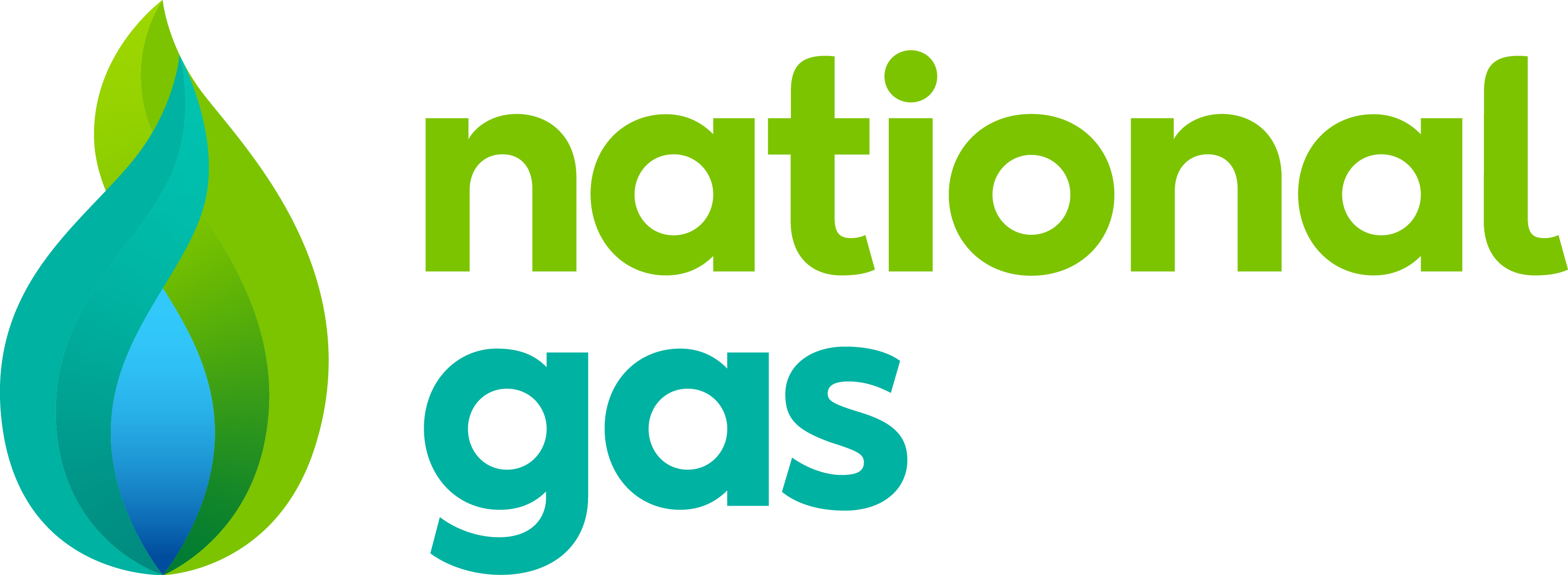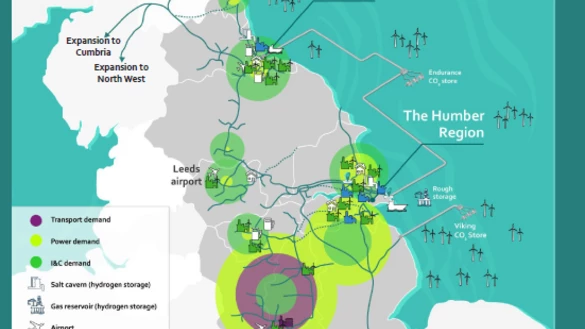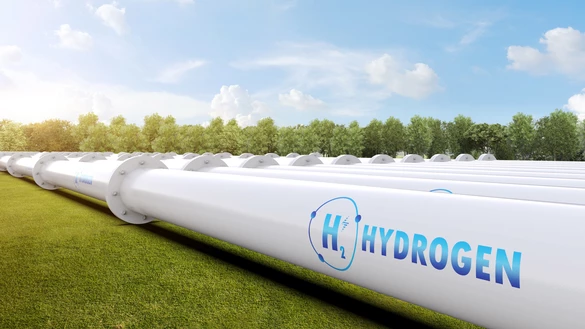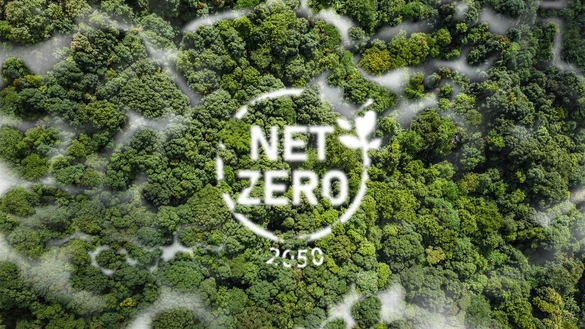- Back
- Balancing
- Capacity
- Charging
- Connections
- Data and operations
- Land and assets
-
Insight and innovation
- Back
- Home
- Insight and innovation
- Transmission innovation
- Summer Outlook
- Winter Outlook
- Gas Ten Year Statement (GTYS)
- Gas Future Operability Planning (GFOP)
- The future of gas-fired generation
- Understanding within-day behaviour
- Identifying future drivers of change
- Changing supply patterns
- Future of gas
- Stakeholder resources
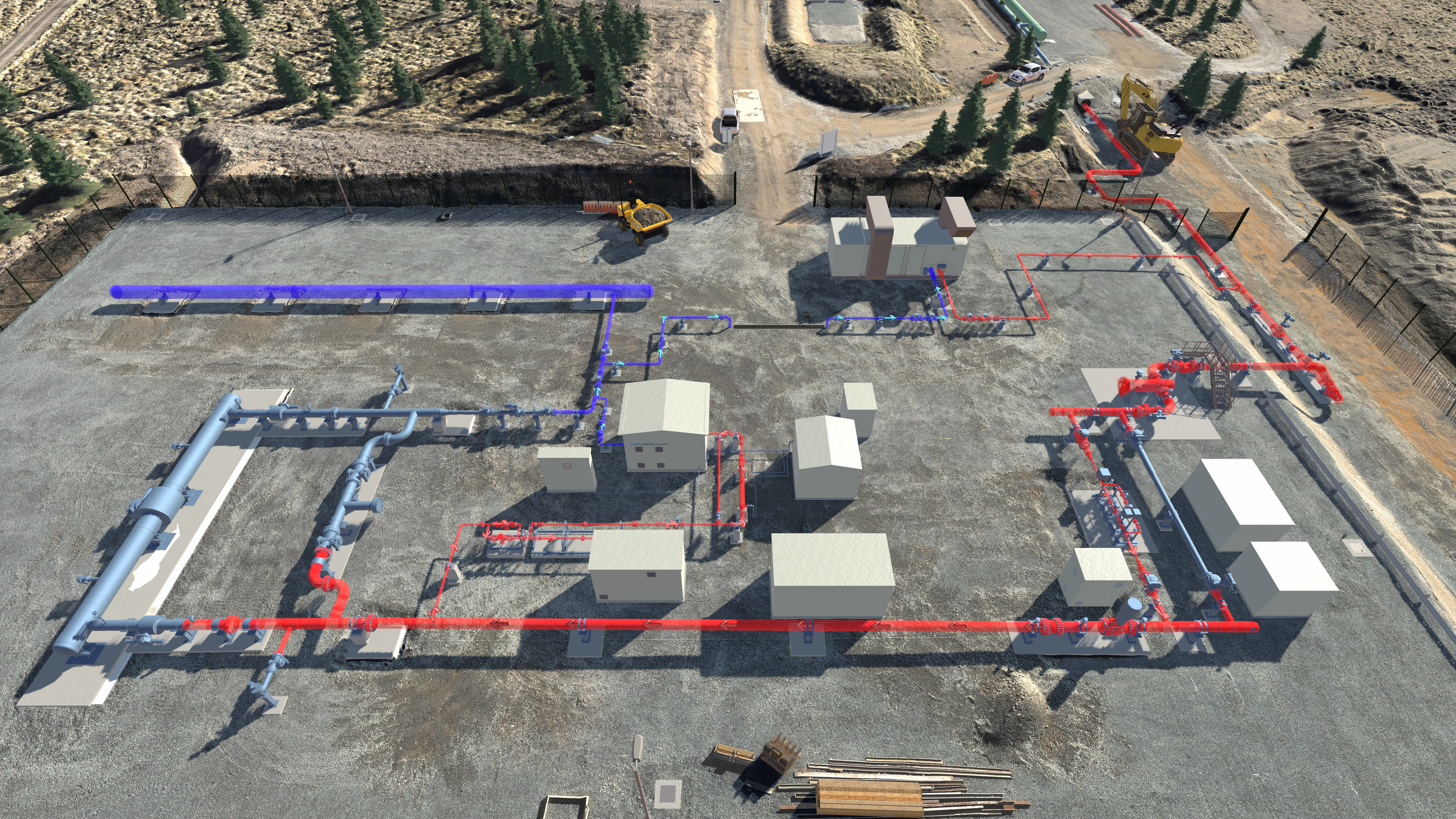
Collaborative Visual Data Twin Phase One
The introduction of hydrogen into our network adds complexity which could be managed and supported by digital tools. In January 2022, we started a project looking at developing a robust, low-cost solution for combining virtual twins and data twins into a single, robust digital twin.
We’re exploring the feasibility of using hydrogen as a lower carbon alternative to natural gas. The introduction of hydrogen into our network adds complexity which could be managed and supported by digital tools.
In January 2022, we started a project looking at developing a robust, low-cost solution for combining virtual twins and data twins into a single, robust digital twin.
A digital twin is a virtual representation of a system that covers its whole lifecycle. It’s updated using real-time data and uses simulation and machine learning to help with decision-making.
Using the FutureGrid hydrogen test facility as a case study, we completed a series of site surveys, using photography, drone footage and laser scanning technology. The data gathered was used to create different visual 3D representations of the site, including engineering, and rendered models.
Alongside this, we looked at the requirements for a data storage and management system that can support both historic and live site data. This system has been used with live data from the FutureGrid project, and will remain available to the project team, following commissioning of the test facility and throughout the remainder of the FutureGrid project.
We also undertook stakeholder engagement activities to ensure this proposed system suitably aligns with the current business-as-usual approach.
The outcomes of the project are being used in a second phase, to build and demonstrate the digital twin proposed solution developed in phase 1. This model will be used to visualise and better understand any asset changes that occur because of exposure to hydrogen.
Both phases of the project will ultimately help us make more robust asset management decisions and will allow us to make predictions on future scenarios and conduct risk analysis using improved analytics and structured, linked datasets.
